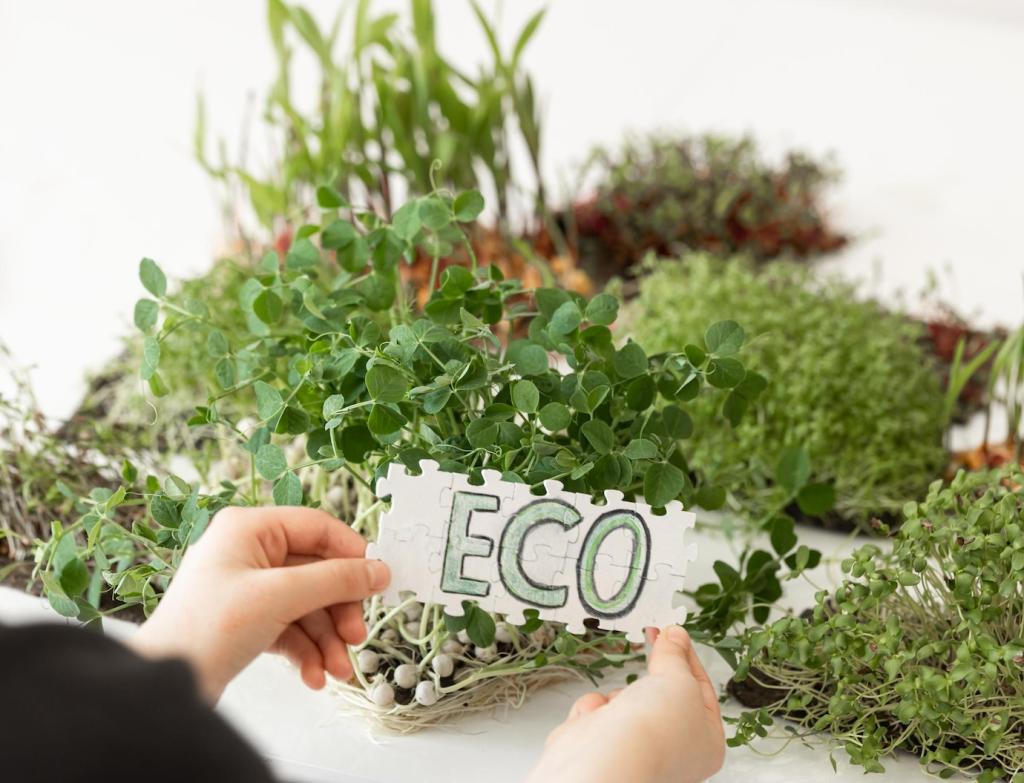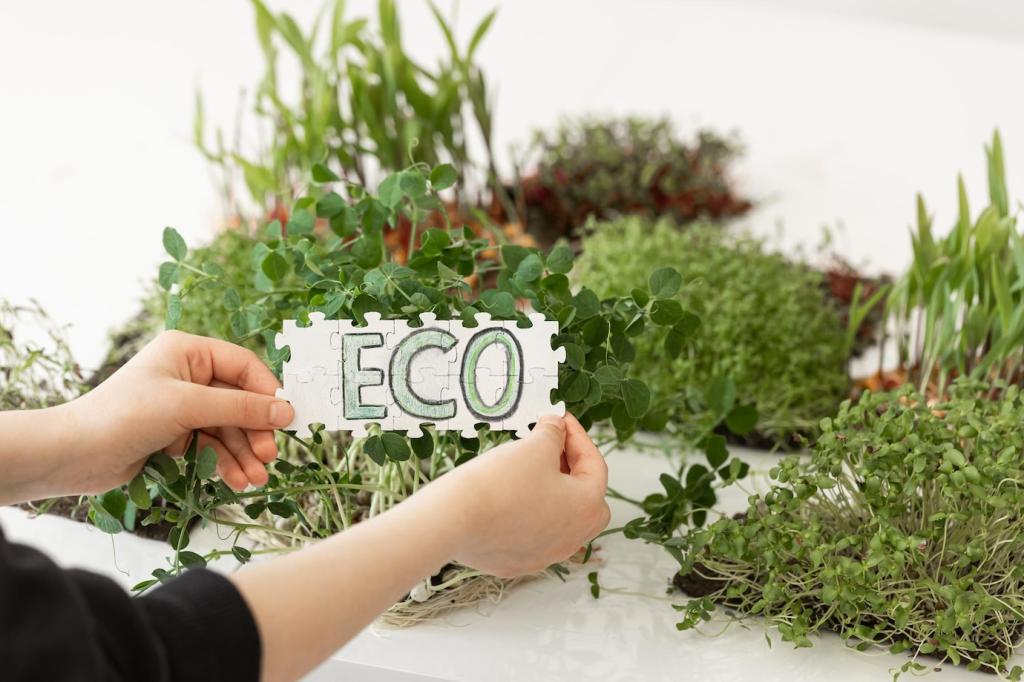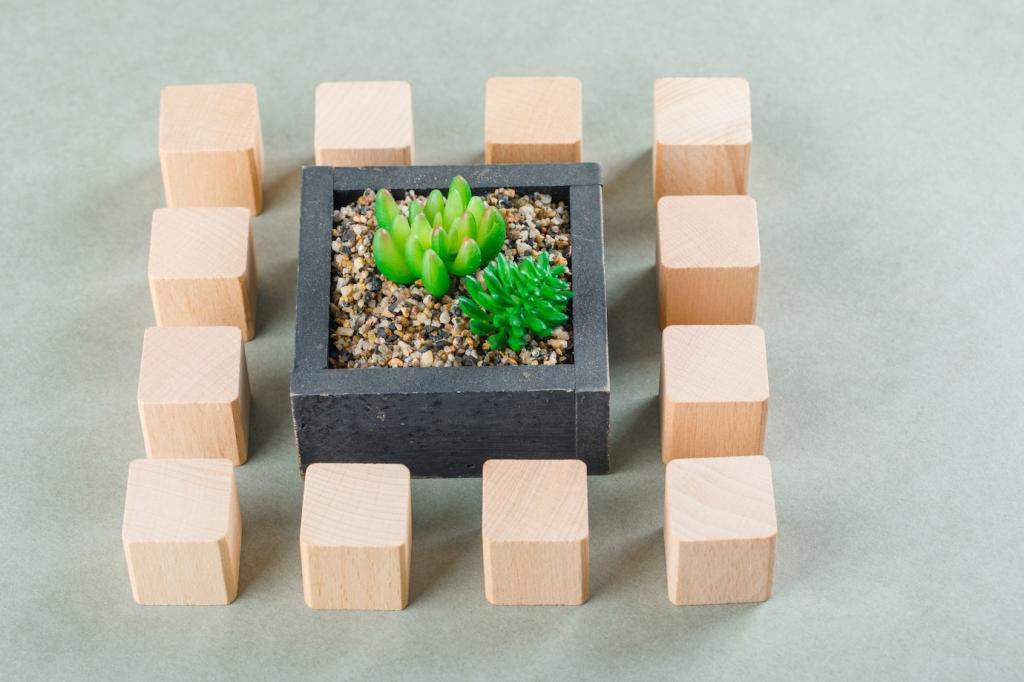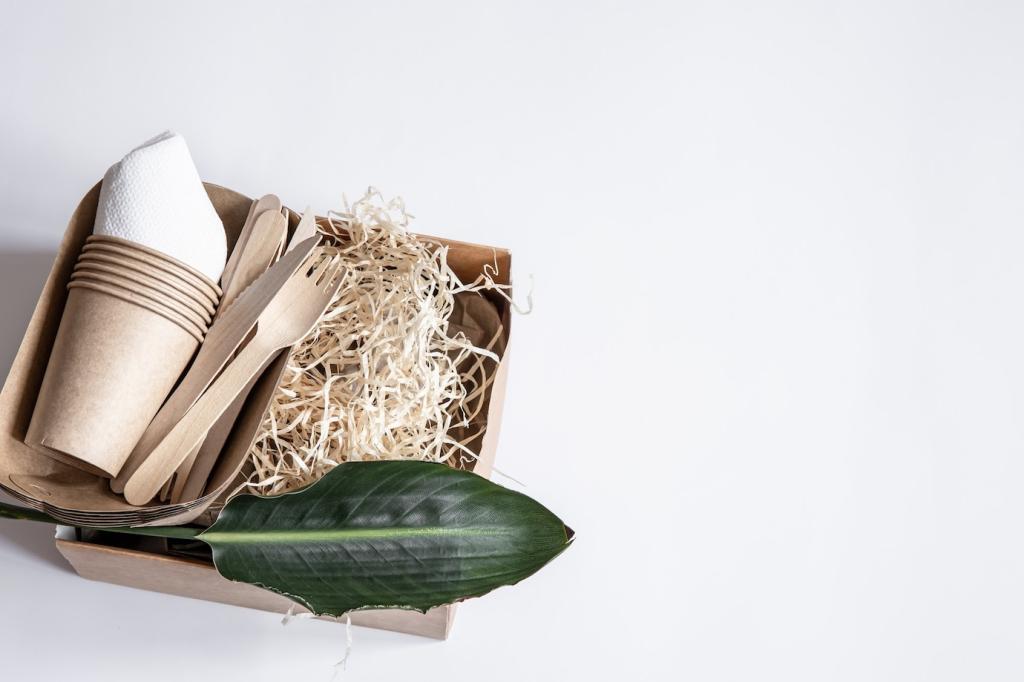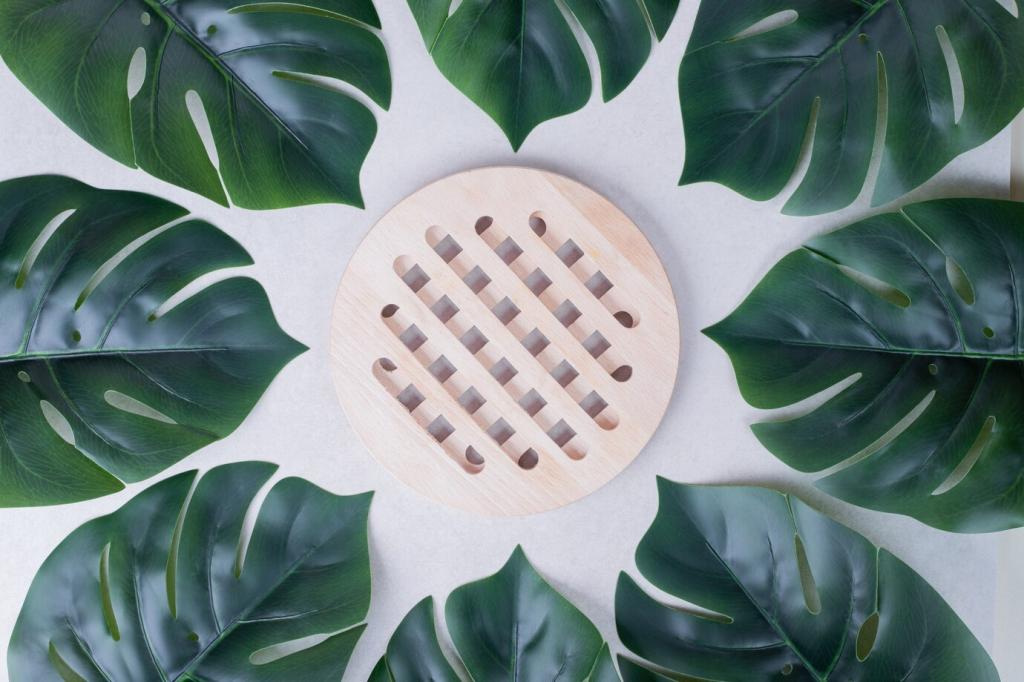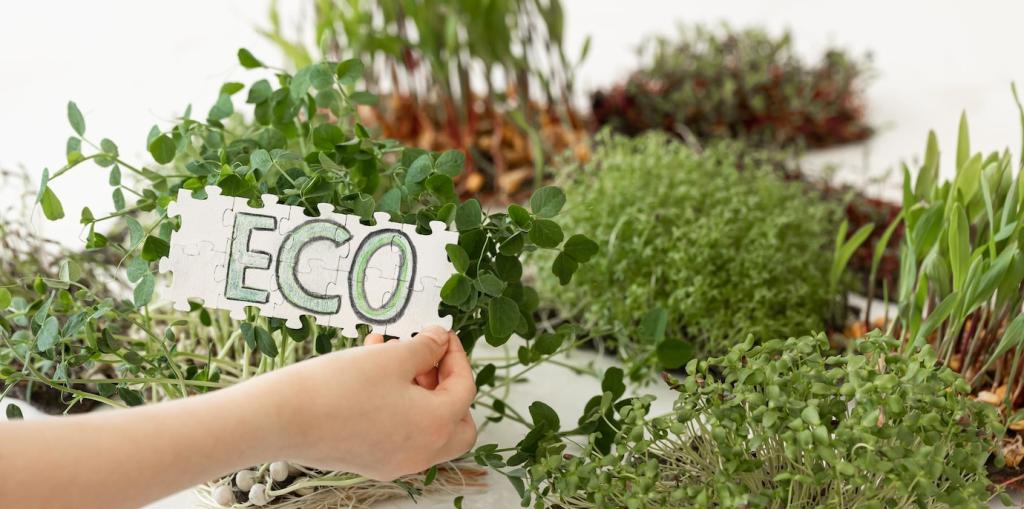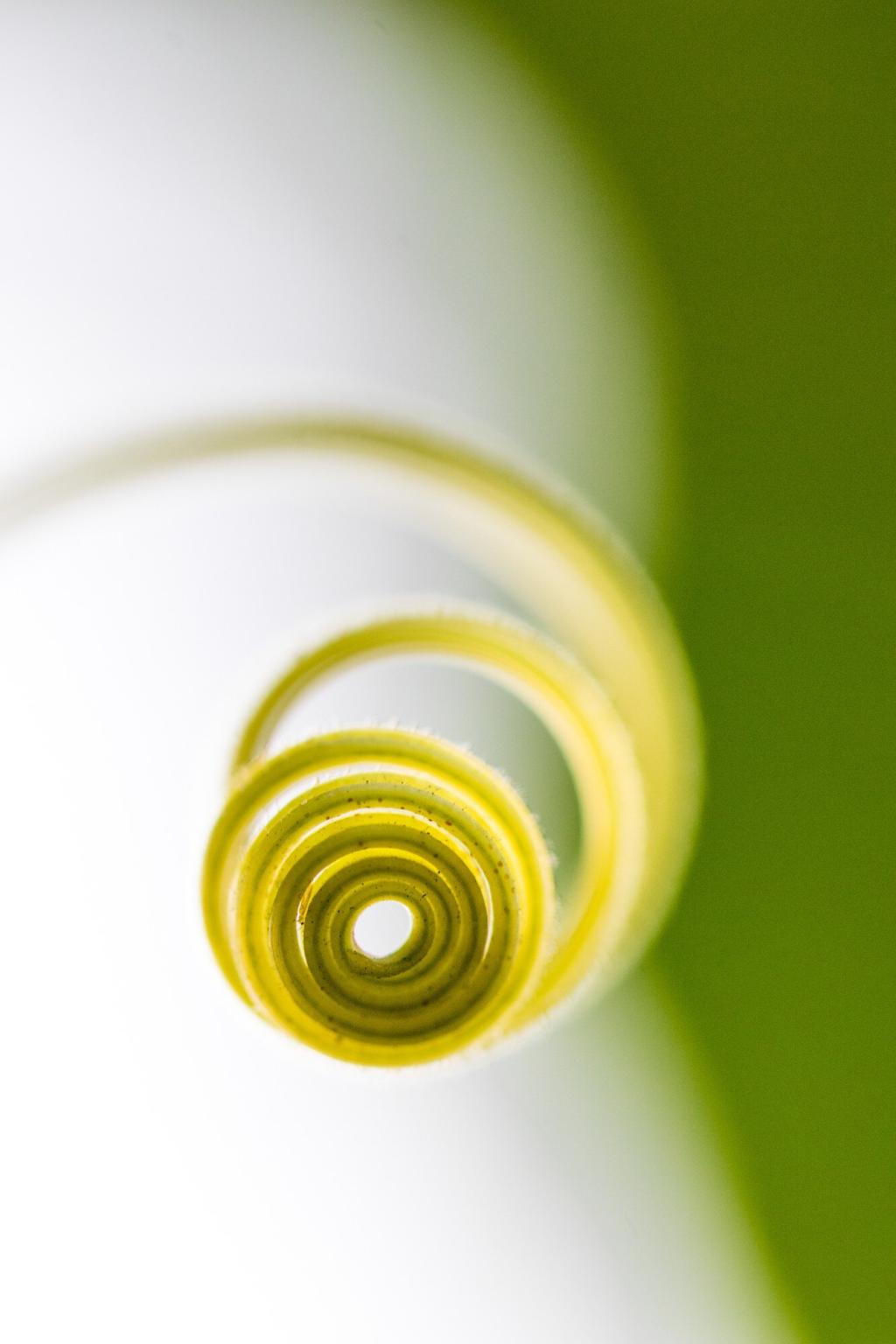Healthy Air, Safe Homes
Consider parlor palm, areca palm, Boston fern, and calatheas; they are widely regarded as non‑toxic. Spider plants are generally pet‑safe, though curious cats may nibble leaves, so elevate pots if snacking becomes a habit.
Healthy Air, Safe Homes
Place any potentially irritating species out of reach, secure dangling vines, and avoid using systemic pesticides indoors. Add saucers to catch spills, and teach gentle touching so little hands learn care without harm.




